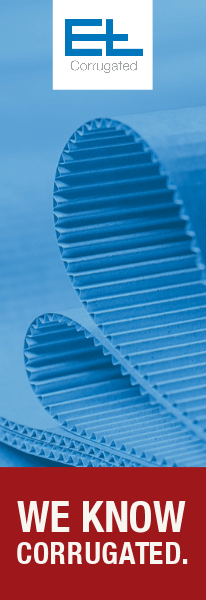Contamination of recovered fibre caused by comingled (mixed) collections in the UK remains a hot issue. Recovered fibre quality is paramount to maintaining access to global markets – as illustrated by the Chinese National Sword initiative.
In a recent article published by LetsRecycle.com, Simon Western, Director of raw materials at the Confederation of Paper Industries explains that when a range of used household materials are placed together in one container, then cross contamination will almost certainly occur, as liquids, food, plastics, paper and board and glass become intermingled. “For paper and cardboard which is a major success story for the UK recycling industry, contamination of this sort is costly. Recent work conducted by the Confederation of Paper Industries (CPI) estimates that an increase of one percentage point in contamination would increase costs by about £8 million per annum across the entire UK paper mill system. For a large paper reprocessor, this could equate to as much as £1.25 million per percentage point increase for each 100,000 tonnes of raw material procured. These sorts of additional costs undermine the viability of domestic reprocessors when compared with foreign competitors using other material streams and could lead to UK plant closures and job losses.”
With cuts to local authority budgets and pressure to increase recycling rates on the one hand and industry demand for better quality recovered fibre on the other, this debate can be expected to become ever more pertinent. With the majority of the UK’s recovered fibre exported to competitive markets that use material collected under more progressive methodologies, time is running out to address the issue of contamination of recovered fibre from mixed collections.



